Your cart is currently empty!
American Built, Affordable Price. Check out the all new TrueView1 LITE
Thermal
The concept of thermal imaging is nothing new, and has been around for over a century. Although, more recently, thermal sensors have been integrated onto drones and are being used for a variety of use cases from inspection work to search and rescue as well as various other industry applications.
What are thermal cameras?
Thermal camera sensors, just like standard RGB cameras, generate a digital reproduction of what they see. However, instead of capturing the wavelengths of light, like what we see, they capture heat, emitted as infrared radiation, to produce an image.
The majority of thermal cameras show blue to red heat profiles, with each color reflecting different temperatures produced by the objects the camera is facing. These could be a variety of different things from people, objects, or structures. In most cases, areas with lower temperatures are represented by the color blue while those with higher temperatures are represented by the color red — as is the typical color representation of cold and hot respectively — with a range of color variations in between.
How a thermal camera works
Thermal cameras primarily measure the surface temperature of an object, and are engineered to detect subtle changes in temperature. However, reflective surfaces — mirrors, shiny objects, and highly polished areas — reflect thermal radiation and thus cannot be accurately measured by a thermal camera. Instead, non-reflective surfaces — concrete, wood, and even humans — have a high degree of emissivity, and thus can be more accurately measured using thermal imagery.

A thermal camera consists of a specialized lens that allows IR frequencies to pass through. In addition this, the camera also includes a thermal sensor and an image processor, all of which are housed in a protective case. A thermal camera is typically mounted on a drone’s gimbal which swivels up to 360 degrees and helps to stabilize it. As the drone flies about, the camera’s thermal sensor detects infrared wavelengths and converts those into electronic signals. After receiving the signals, the image processor creates what is known as a “thermogram” or “thermographic image” which is composed of a color map displaying different temperature values.
DJI – The Basics of Thermal Drones
Use cases
As thermal and drone technology keeps rapidly improving, the use cases for these sensors are almost endless. For example, thermal cameras are now being used to improve efficiency at solar plants, track and monitor wildlife, quickly detect overheating switches on electrical lines, manage and monitor agriculture data, inspect bridges and critical infrastructure, and to improve security at large events or at restricted areas.
At Seiler GeoDrones, we carry thermal sensors from major manufacturers that can be applied to several industry applications.
Related Products
-
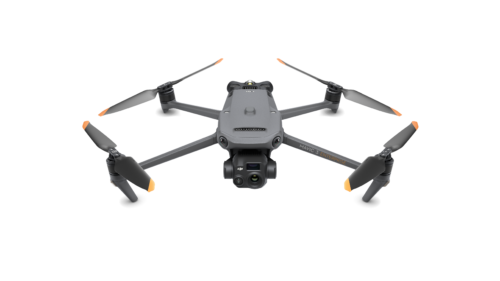 DJI Mavic 3 Thermal$5,899.00
DJI Mavic 3 Thermal$5,899.00 -
 DJI Matrice 30T (Thermal)$10,399.00
DJI Matrice 30T (Thermal)$10,399.00 -
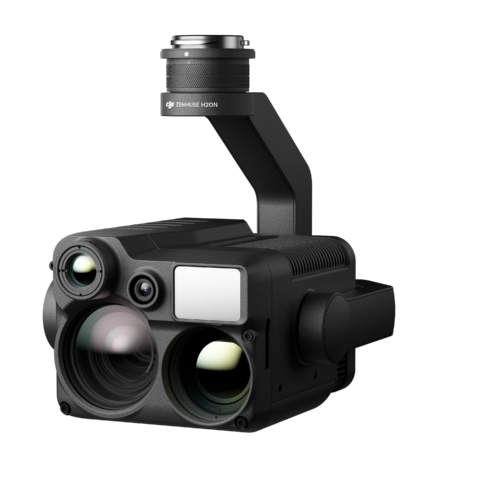 DJI Zenmuse H20N$10,769.00
DJI Zenmuse H20N$10,769.00 -
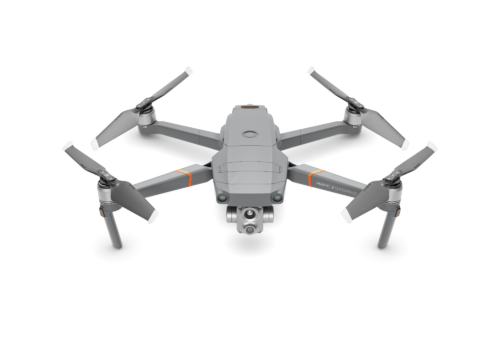 DJI Mavic 2 Enterprise Advanced
DJI Mavic 2 Enterprise Advanced -
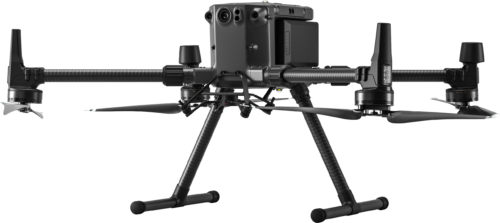 DJI Matrice 300 RTK$12,179.00
DJI Matrice 300 RTK$12,179.00 -
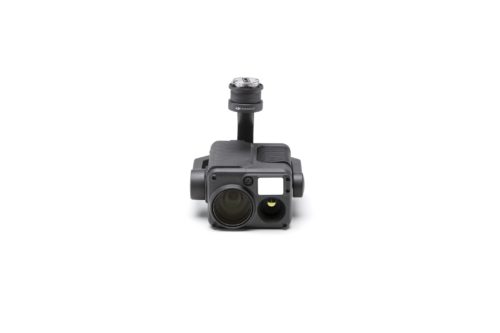 DJI Zenmuse H20T$11,339.00
DJI Zenmuse H20T$11,339.00
